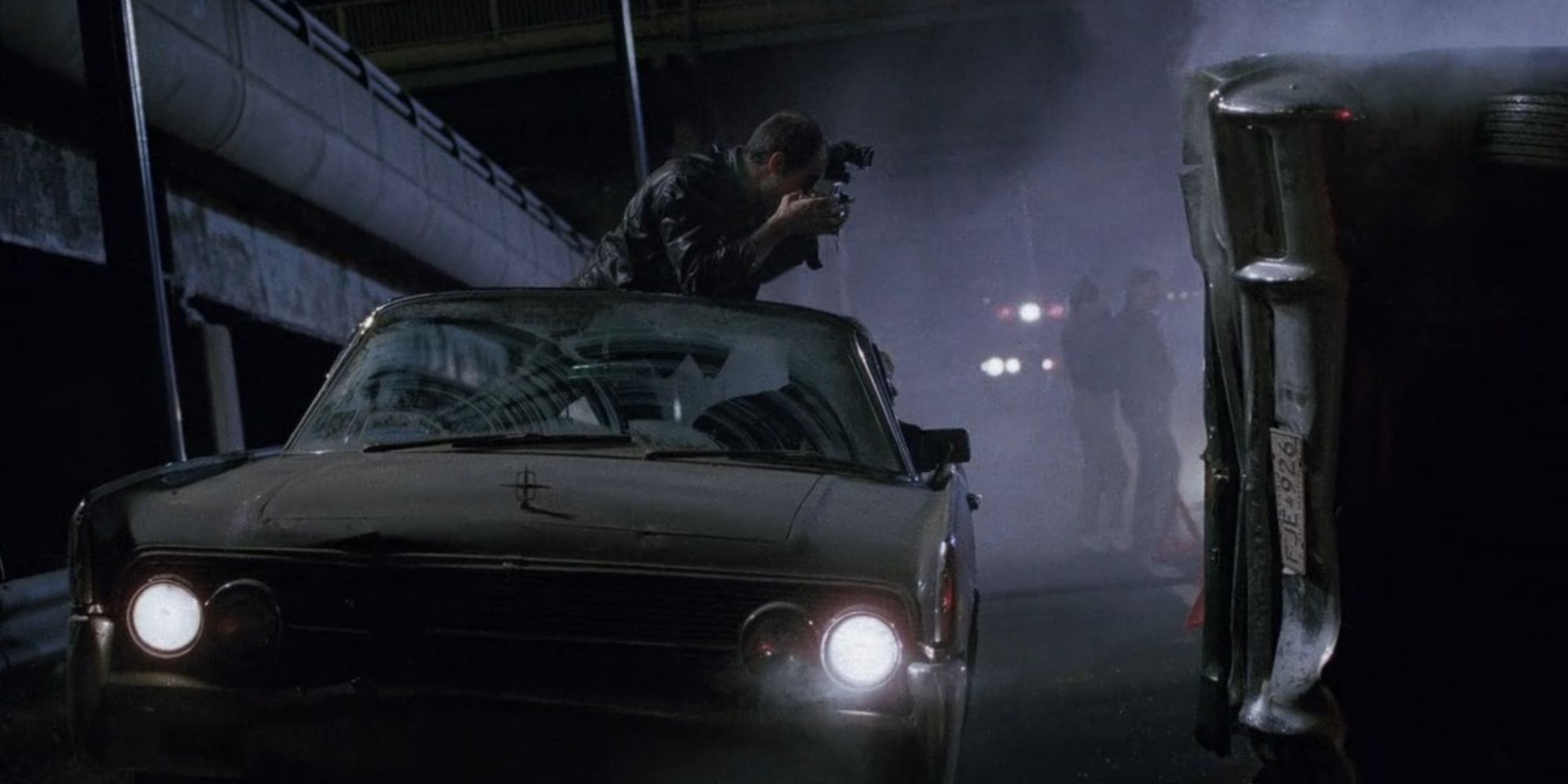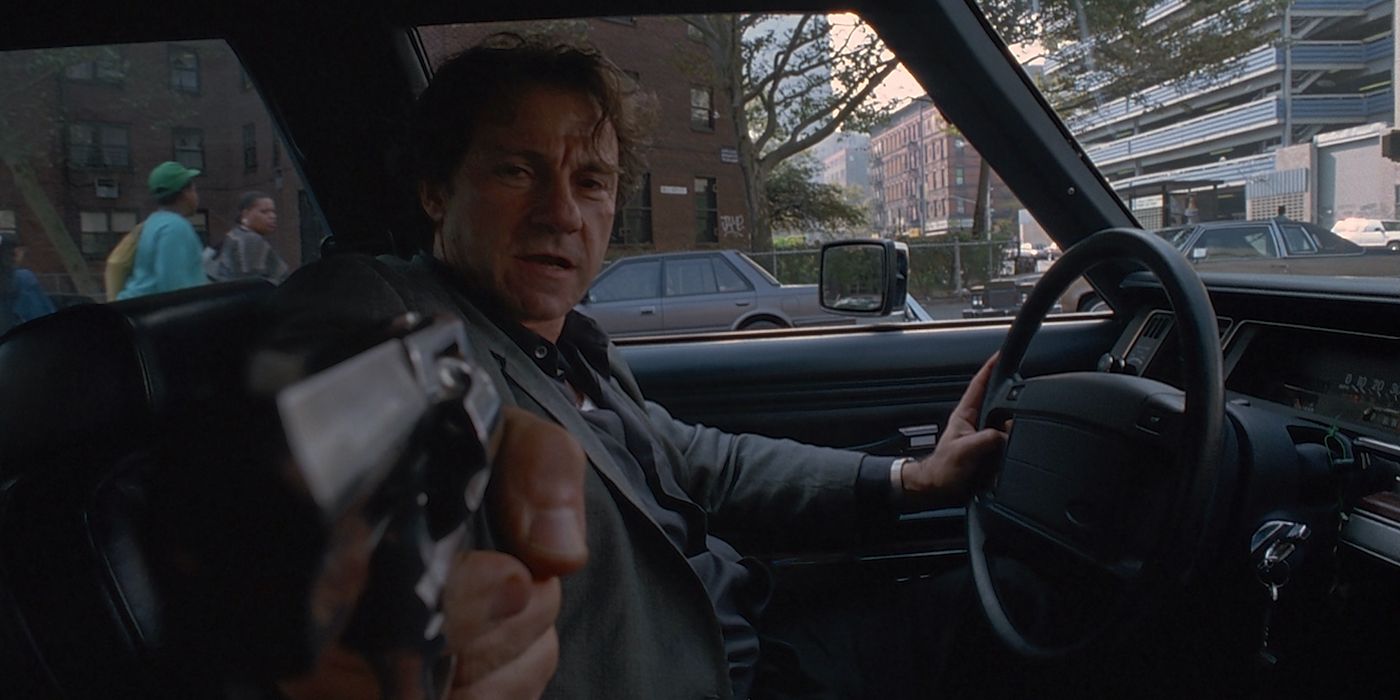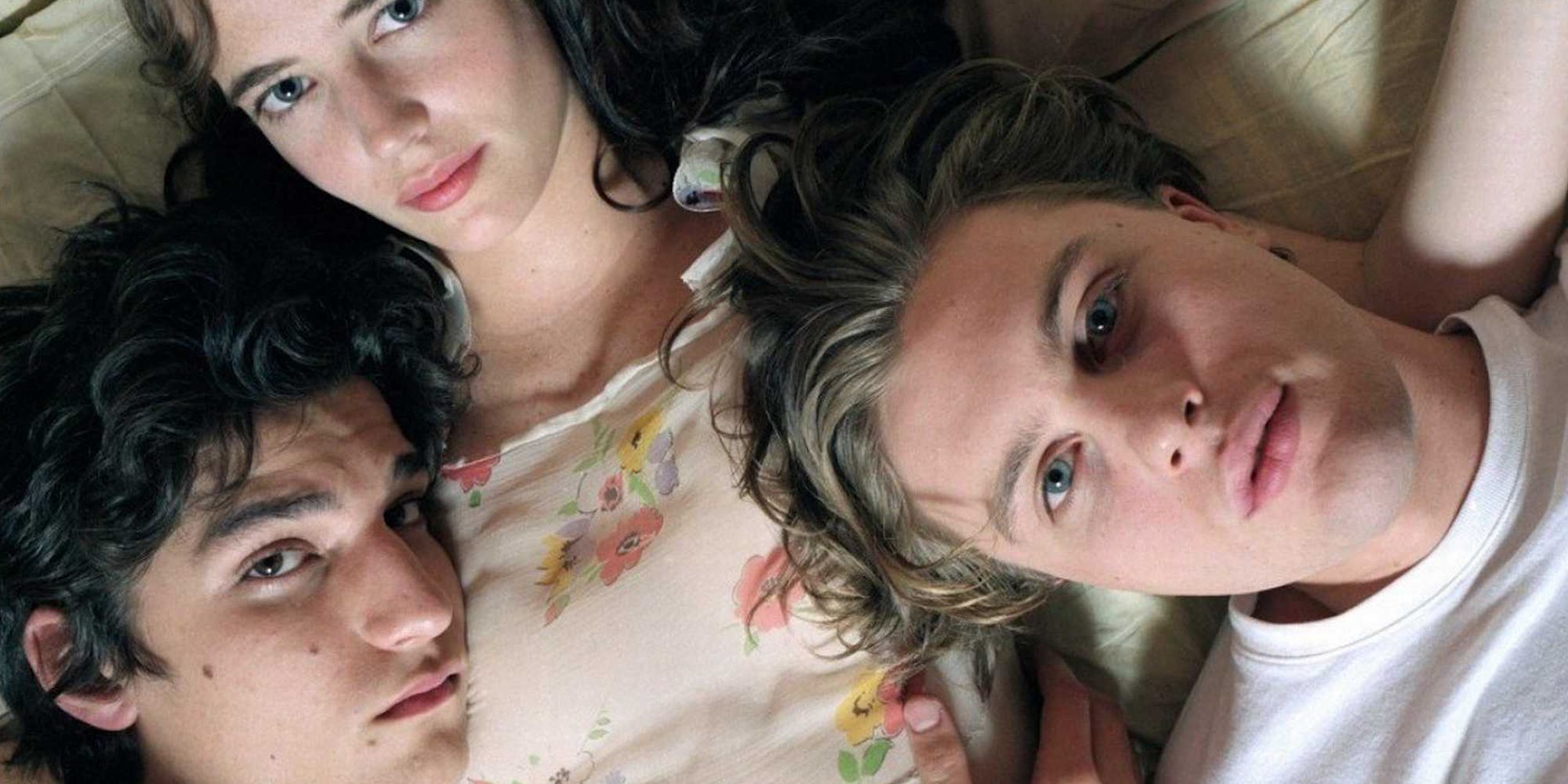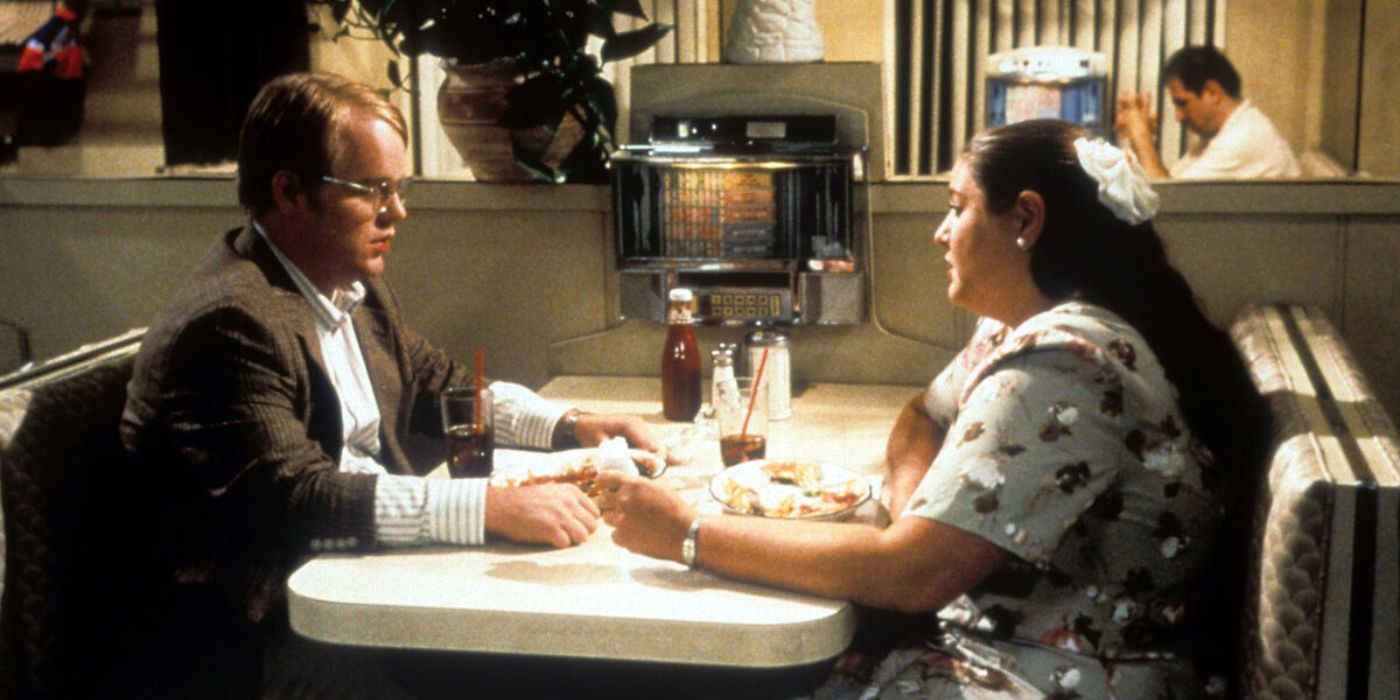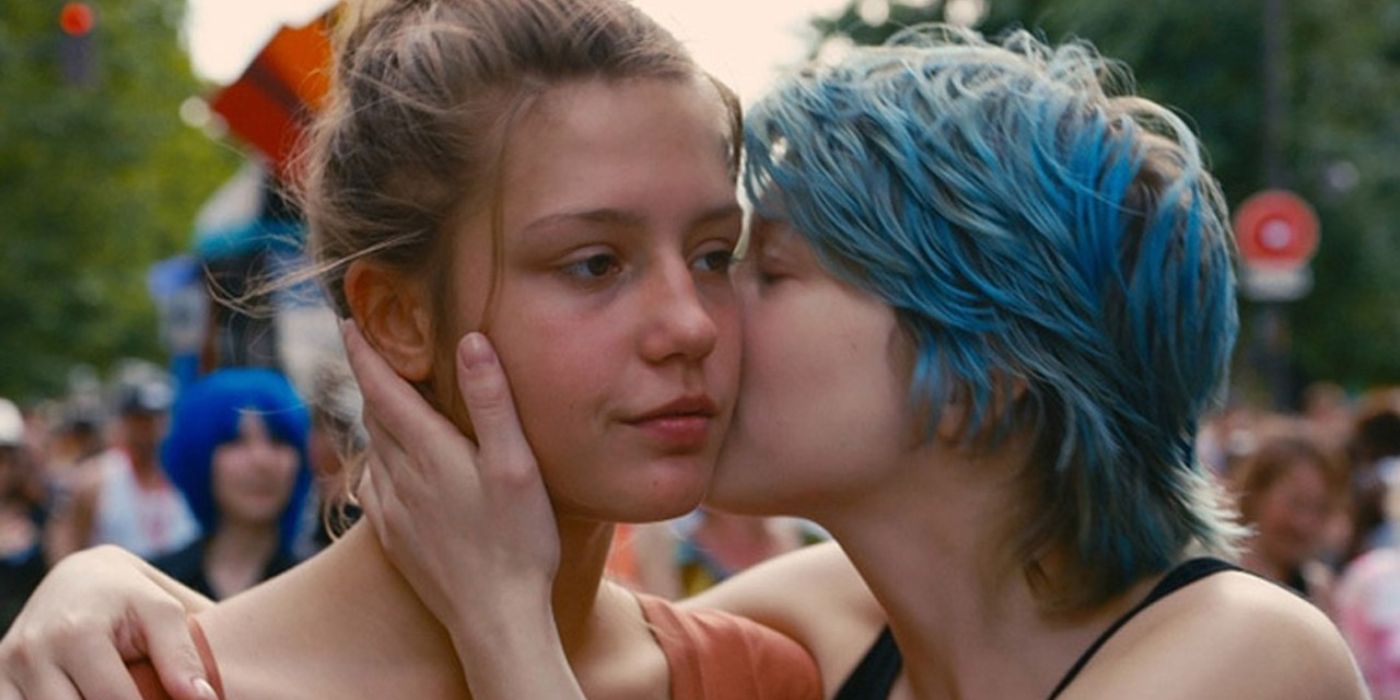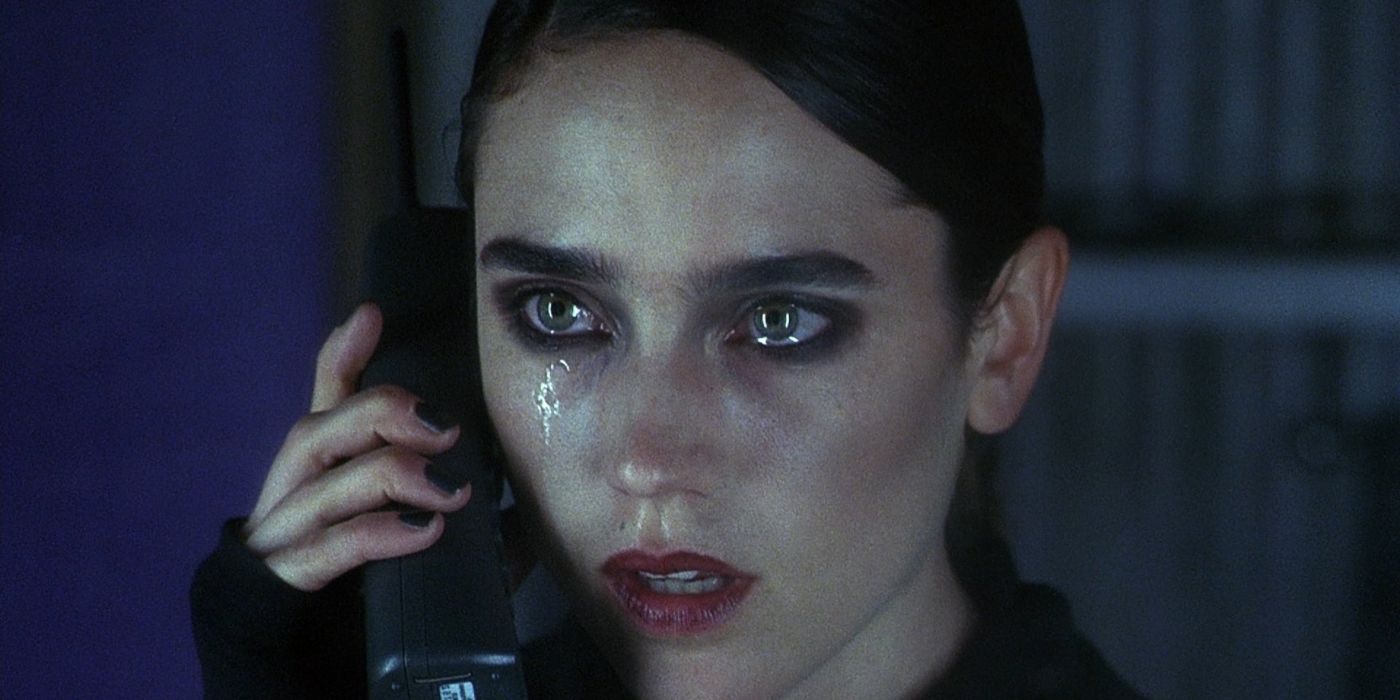The NC-17 rating has always carried a strange cinematic stigma. Originally created to replace the X-rating, it quickly became a box office death sentence, severely reducing a film’s possible audience. Studios panicked, advertisers fled, and some theaters refused to show these films at all, regardless of artistic merit.
But a few filmmakers leaned in. They used the rating’s free rein for narrative ends. The movies on this list didn’t just accept the NC-17 label; they made it part of their identity, pushing boundaries in ways that shocked, provoked, and, in some cases, redefined what cinema could do.
10
‘Showgirls’ (1995)
Directed by Paul Verhoeven
“I’m not a whore. I’m a dancer.” Showgirls is a glitter-covered trainwreck that became a cult classic through sheer audacity. Elizabeth Berkley has top billing as Nomi Malone, a feral drifter with a dancer’s body and the temper of a barbed-wire ferret, clawing her way up the seedy Vegas entertainment scene. At first glance, it’s a hilariously bad softcore mess. Possibly at second glance, too. But dig deeper, and you find something stranger: a decent satire of ambition, exploitation, and American spectacle masquerading as its own worst enemy.
Starship Troopers‘ Paul Verhoeven directs all this like he’s trying to offend everyone in the room while still putting on a great show. Every line of dialogue is absurd, every character a caricature, and yet it somehow works, possibly because it doubles down on excess until it becomes its own form of truth. What makes it essential isn’t that it’s good, it’s that it dares to be something no one else would even try.
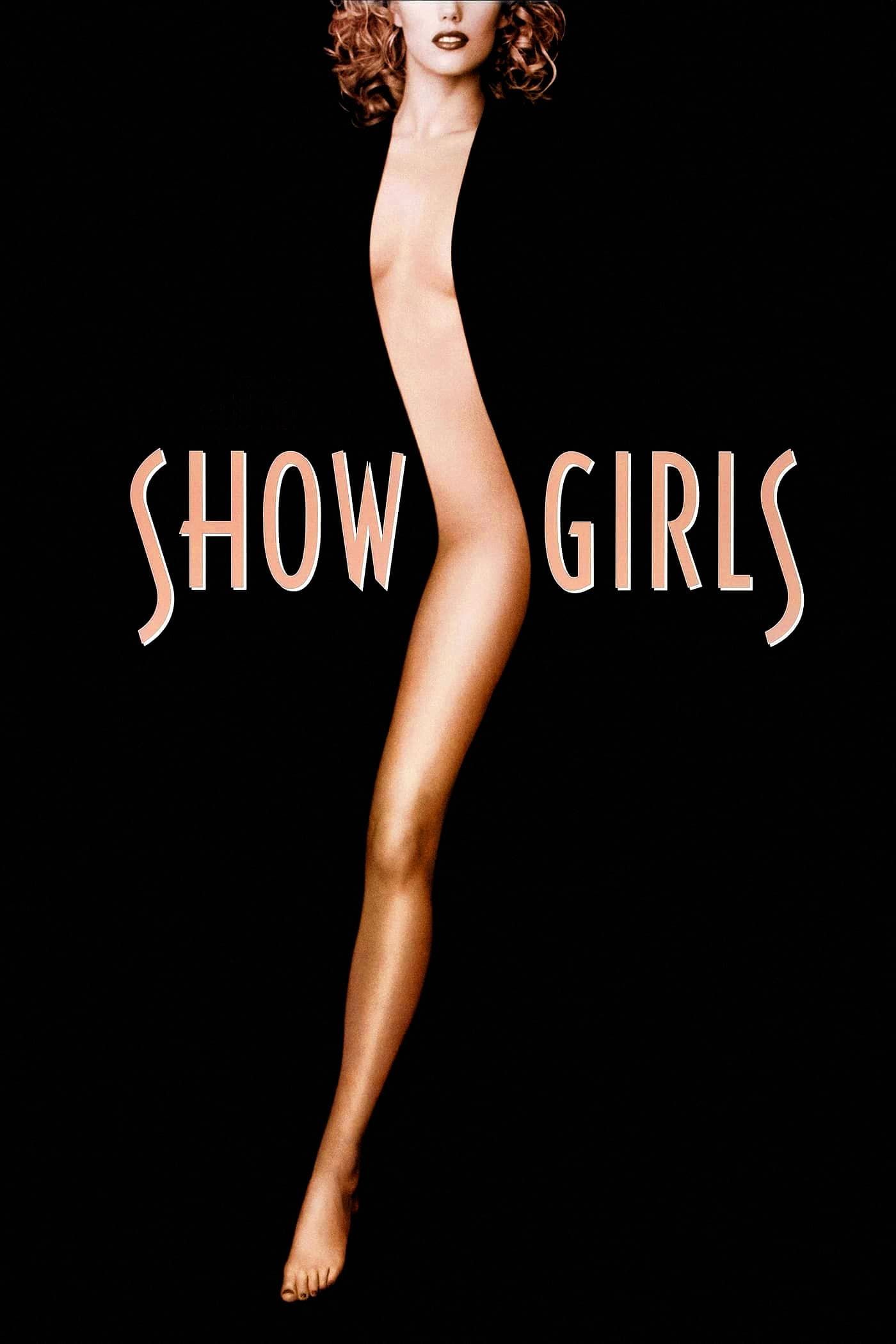
9
‘Crash’ (1996)
Directed by David Cronenberg
“Vaughan died in a car crash. I almost saw it coming.” Crash is a film about people who get sexually aroused by car accidents, and that’s just the beginning of how uncomfortable it gets. Based on the novel by sci-fi legend J.G. Ballard, David Cronenberg‘s take on the material is even colder, more clinical, and twice as hypnotic. He turns twisted fetish into a meditation on technology, desire, and human detachment.
On the acting front, James Spader and Holly Hunter are superb as emotionally numbed thrill-seekers looking for intimacy in twisted steel and shattered glass. Thanks to the layered writing, it’s not a movie about sex so much as it is about disconnection, the way trauma and machinery become the only things that feel real. In other words, it doesn’t titillate, it alienates. Banned, debated, and misunderstood on release, Crash remains one of the most unsettling erotic dramas ever made. Cronenberg, as usual, doesn’t flinch.
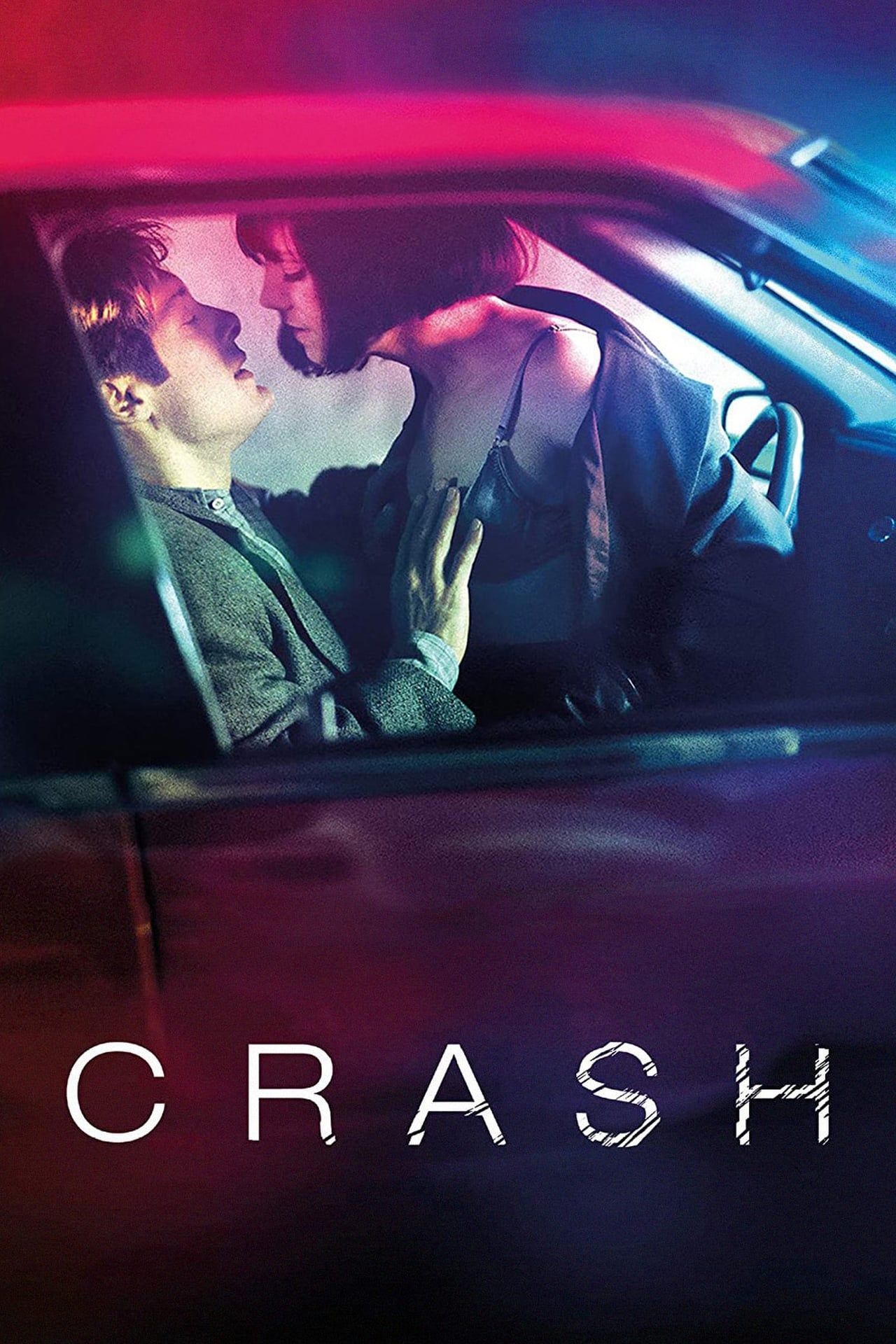
8
‘In the Realm of the Senses’ (1976)
Directed by Nagisa Ōshima
“Have you ever been loved like that?” In the Realm of the Senses is a true story so extreme it still shocks today. Nagisa Ōshima‘s controversial film follows the obsessive sexual relationship between a former prostitute and her employer in 1930s Japan. Their connection escalates from passion into total surrender, culminating in erotic asphyxiation and mutilation. And yes, everything is unsimulated. Yet this movie isn’t pornography (or, at least, not only). It’s a study of compulsion.
The film was censored in multiple countries, and to this day it’s rarely screened in full. But beneath the explicit content lies a tragic love story about two people who try to dissolve the boundaries between their bodies, their minds, and eventually, their lives. It’s both erotica and existentialism, where the search for love becomes a surrender to death. Rather than being lurid, Ōshima directs it with restraint, which makes the extremes even more jarring.
7
‘Bad Lieutenant’ (1992)
Directed by Abel Ferrara
“Jesus! What the f*** did I do?!” Abel Ferrara made a career out of dark, violent movies, and Bad Lieutenant is one of the bleakest (and best). It’s pure descent: no redemption arc, no savior narrative. Just a man spiraling toward oblivion. Harvey Keitel gives an incredibly raw performance as a nameless, drug-addicted, gambling NYPD detective whose life is a waking nightmare. The NC-17 rating here isn’t just for violence and sex and Keitel’s full-frontal nudity, but for the spiritual filth Ferrara drags you through, scene by blistering scene.
Keitel’s breakdowns are brutal, his desperation palpable. He’s ten times as twisted as Denzel Washington in Training Day. The film lingers in moments that most movies would cut away from, including acts of cruelty, addiction, and perverse absolution. As a result, it’s not a run-of-the-mill crime flick about a bad cop. It’s a snapshot of a soul that’s already been lost and is now watching itself burn.
6
‘The Dreamers’ (2003)
Directed by Bernardo Bertolucci
“We shared everything with you. And now you’re throwing us away like garbage!” The Dreamers is part cinephile love letter, part sexual coming-of-age, and part political fever dream. Set during the 1968 Paris student riots, it centers on an American student (Michael Pitt) who becomes entangled in an increasingly unstable relationship with a French brother (Louis Garrel) and sister (Eva Green). Together, they retreat from reality, reenact scenes from classic films, and test every boundary they can find, whether sexual, emotional, or ideological.
Bernardo Bertolucci tells their story with his signature blend of beauty and provocation, channeling a similar spirit to the one he brought to Last Tango in Paris. There is unsettling sexual tension and frequent nudity, but never just for show. Instead, it reflects the characters’ vulnerability and the fantasy world they’re trying to preserve. Idealism fades. Desire complicates. And, intriguingly, The Dreamers suggests that even cinema, the only thing they ever really shared, can’t save them.
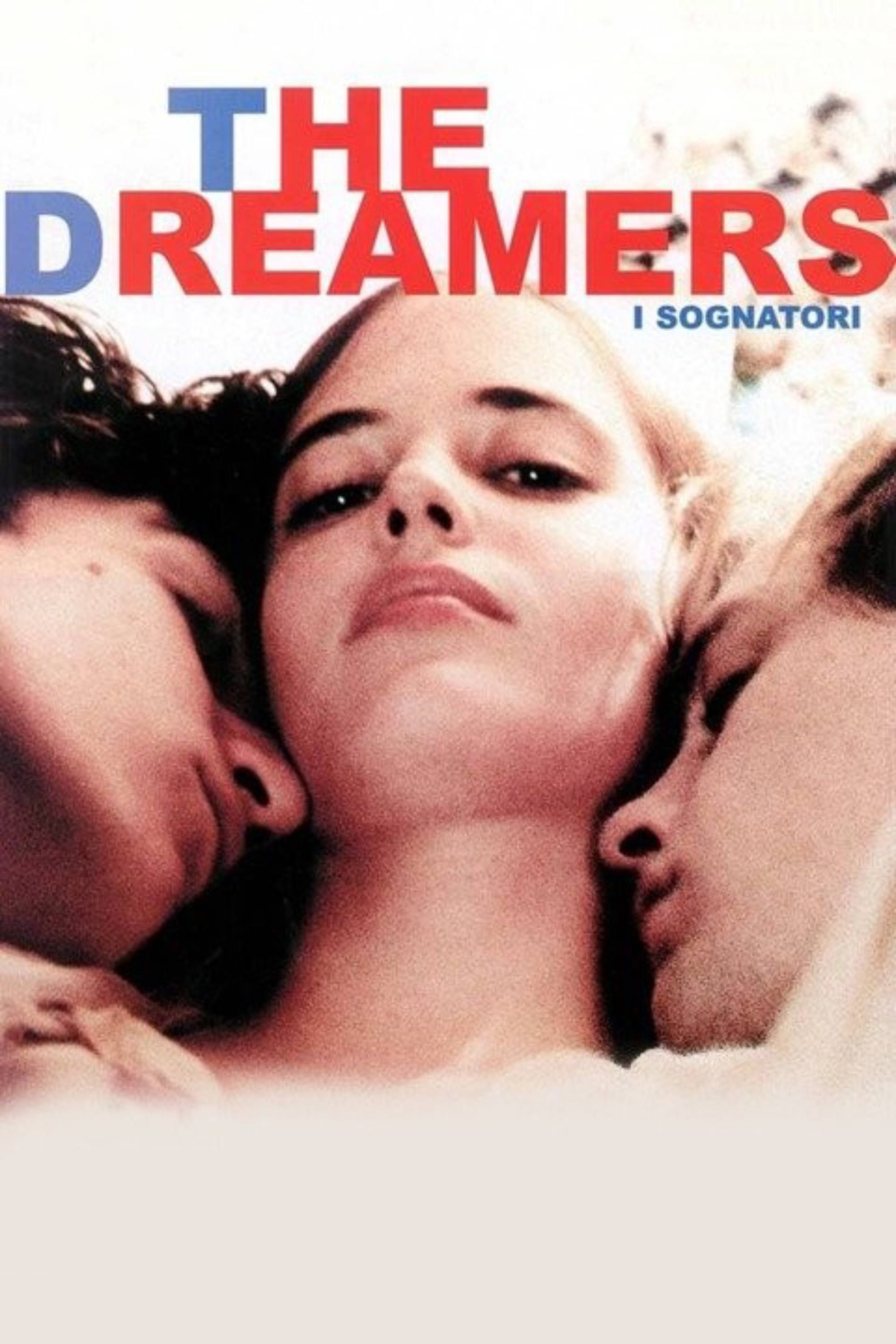
5
‘Shame’ (2011)
Directed by Steve McQueen
“We’re not bad people. We just come from a bad place.” Shame is one of the most emotionally devastating NC-17 films. Here, Michael Fassbender turns in one of his most harrowing performances as Brandon, a successful New Yorker with an all-consuming sex addiction, whose carefully curated life begins to unravel when his sister (Carey Mulligan) moves into his apartment. There’s sex but no excitement. What hits hardest is the silence, the coldness, and the weight of emotional emptiness between people who can’t connect.
The whole thing is shot with stark beauty and brutal intimacy. Fassbender’s performance is fearless, not because of what he shows physically, but because of how exposed he becomes emotionally. Through his character, the movie places the focus not on sex but on the pain Brandon tries to numb with it. Yet Shame rises above most ‘addiction morality tales’ because it’s honest about loneliness in a world that promises connection and never delivers. Haunting, precise, and unforgettable.
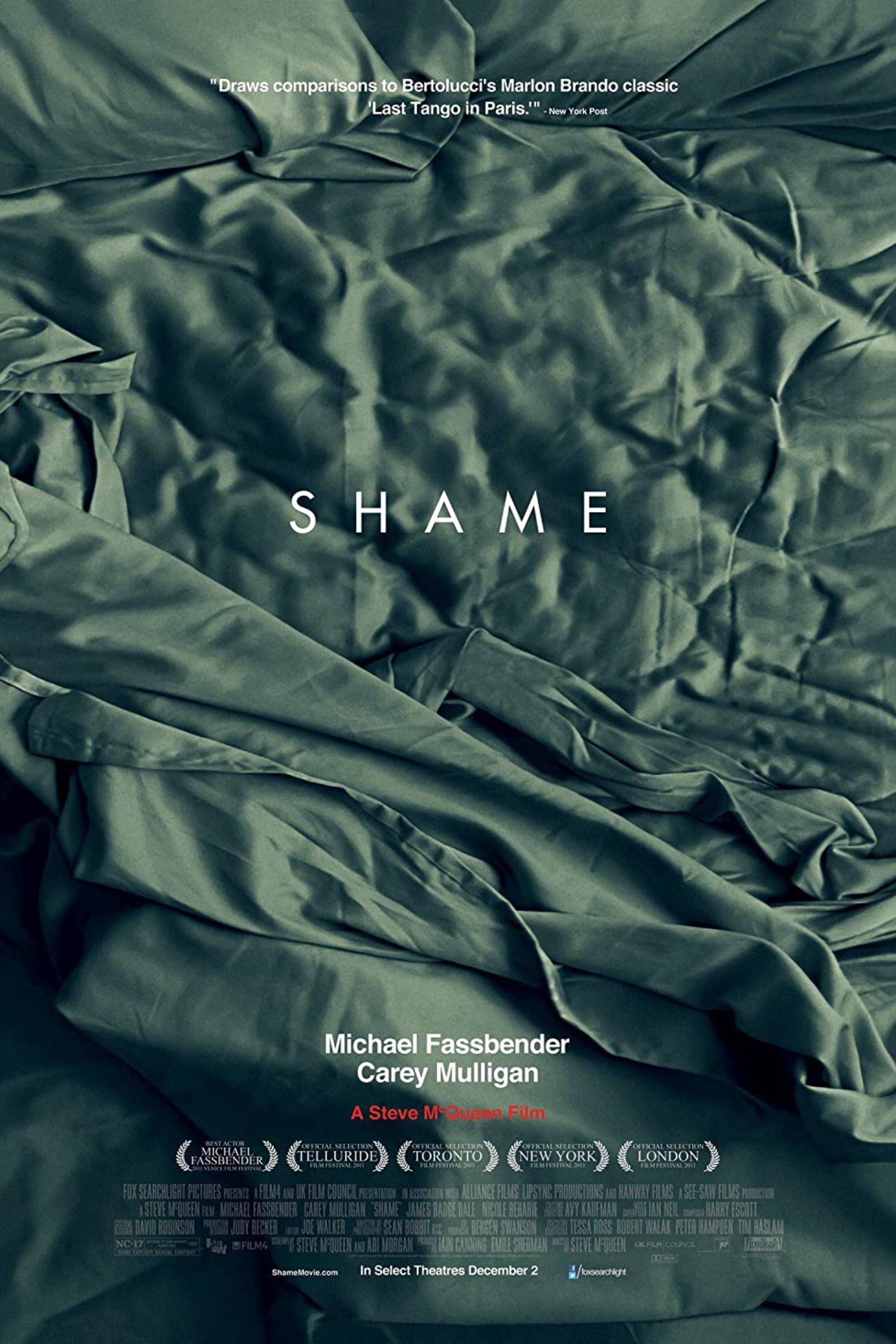
4
‘Lust, Caution’ (2007)
Directed by Ang Lee
“I want to kill him. I must kill him.” Lust, Caution is espionage as slow-burning erotic tragedy. Set in Japanese-occupied Shanghai during World War II, this Ang Lee gem follows a young Chinese woman (Tang Wei) who becomes part of a resistance plot to seduce and assassinate a powerful collaborator. But the relationship that develops between her and her target (played with icy menace by Tony Leung) becomes something darker and more complex than either side anticipates.
This movie is further proof of Lee’s knack for nuance and devastating restraint. It builds deliberately, beautifully, toward a final moment that feels both inevitable and utterly heartbreaking. The sex scenes are raw and intimate because they’re power plays, psychological battles, moments where desire and self-loathing collide. It’s a testament to the cast’s commitment that many viewers wondered if they were unsimulated. Not for nothing, Lust, Caution became the highest-grossing NC-17 movie ever.

- Release Date
-
September 24, 2007
- Runtime
-
158 minutes
- Writers
-
Eileen Chang, Wang Huiling, James Schamus
3
‘Happiness’ (1998)
Directed by Todd Solondz
“I’m not laughing at you. I’m laughing with you.” Happiness is one of the darkest, most uncomfortable films ever to earn critical acclaim. Here, director Todd Solondz (Palindromes, Wiener-Dog) weaves together multiple storylines about suburban dysfunction, loneliness, and perversion. They feature pedophiles, stalkers, sexual desperation, and the invisible prisons people live inside every day. It’s bleak, deadpan, and audacious in ways that defy easy categorization.
This is not an enjoyable movie, but it is an intelligent one. The NC-17 rating is well-earned, not just for content, but for emotional impact. There are no safe spaces here. No moral center. Just broken people trying to find meaning in a world that keeps quietly breaking them. One scene in particular is infamously unsettling. Yet what makes Happiness so disturbing isn’t that it shows monsters; it’s that it shows how ordinary they look. Solondz doesn’t blink. He stares right into the darkness, and dares you to do the same.
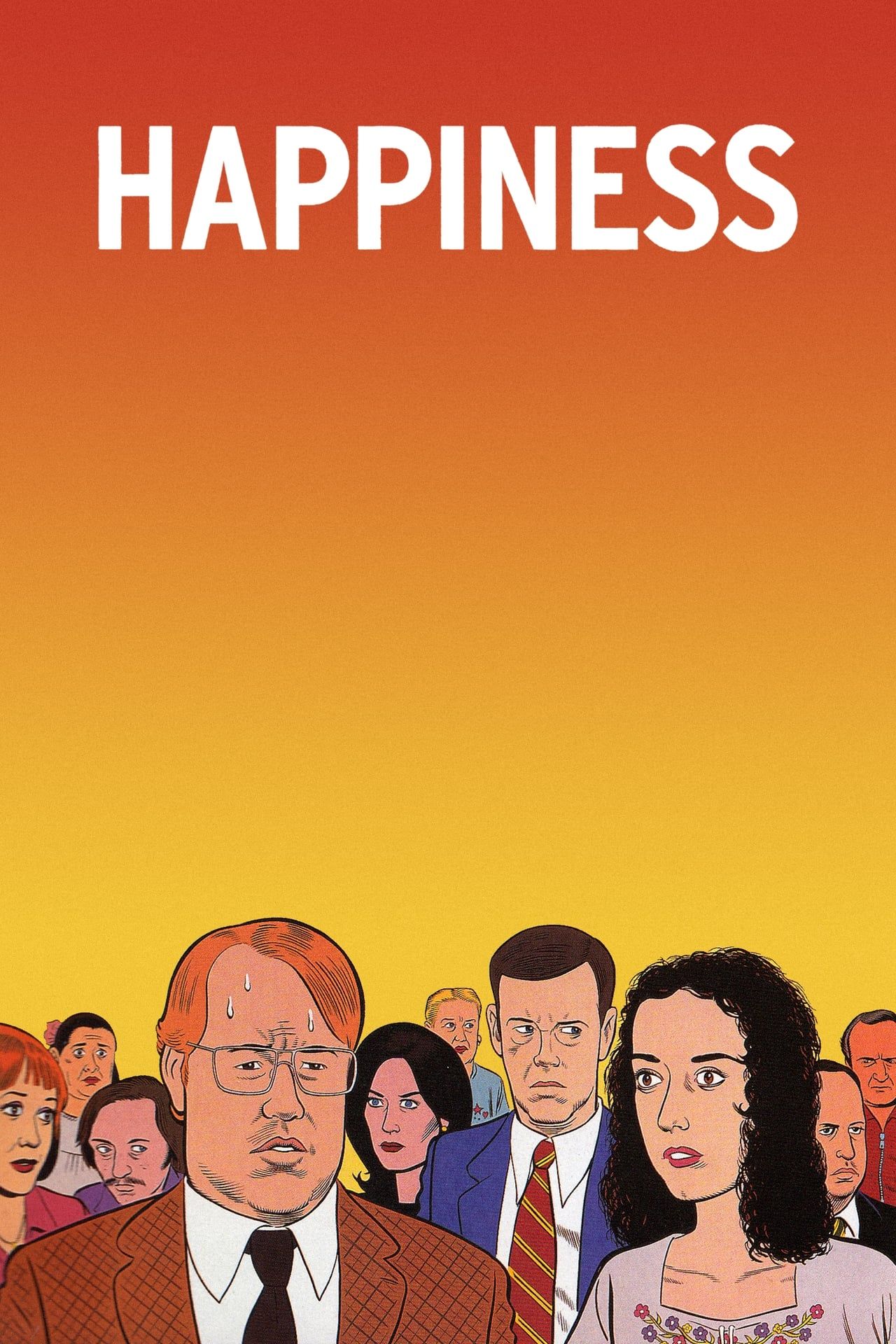
Happiness
- Release Date
-
October 11, 1998
- Runtime
-
139 Minutes
2
‘Blue Is the Warmest Color’ (2013)
Directed by Abdellatif Kechiche
“I have infinite tenderness for you. I always will.” Blue Is the Warmest Color is both a love story and a slow, devastating heartbreak. It revolves around Adèle (Adèle Exarchopoulos), a high school student who falls for a blue-haired art student named Emma (Léa Seydoux), and charts the rise and fall of their relationship with immersive intensity. The sex scenes received endless media attention, but the film’s real power is emotional, its ability to make you feel every shift in connection, affection, and disillusionment.
This was relatively bold stuff for 2013, and the movie courted both controversy and acclaim, winning that year’s Palme d’Or. That it succeeds is largely due to the acting. Seydoux and Exarchopoulos deliver some of the most vulnerable performances of that decade. Abdellatif Kechiche‘s direction is intimate and unflinching, often lingering on faces for minutes at a time. The NC-17 rating might scare some off, but what waits beneath the surface is an epic (it’s 3 hours long) of emotional exposure.
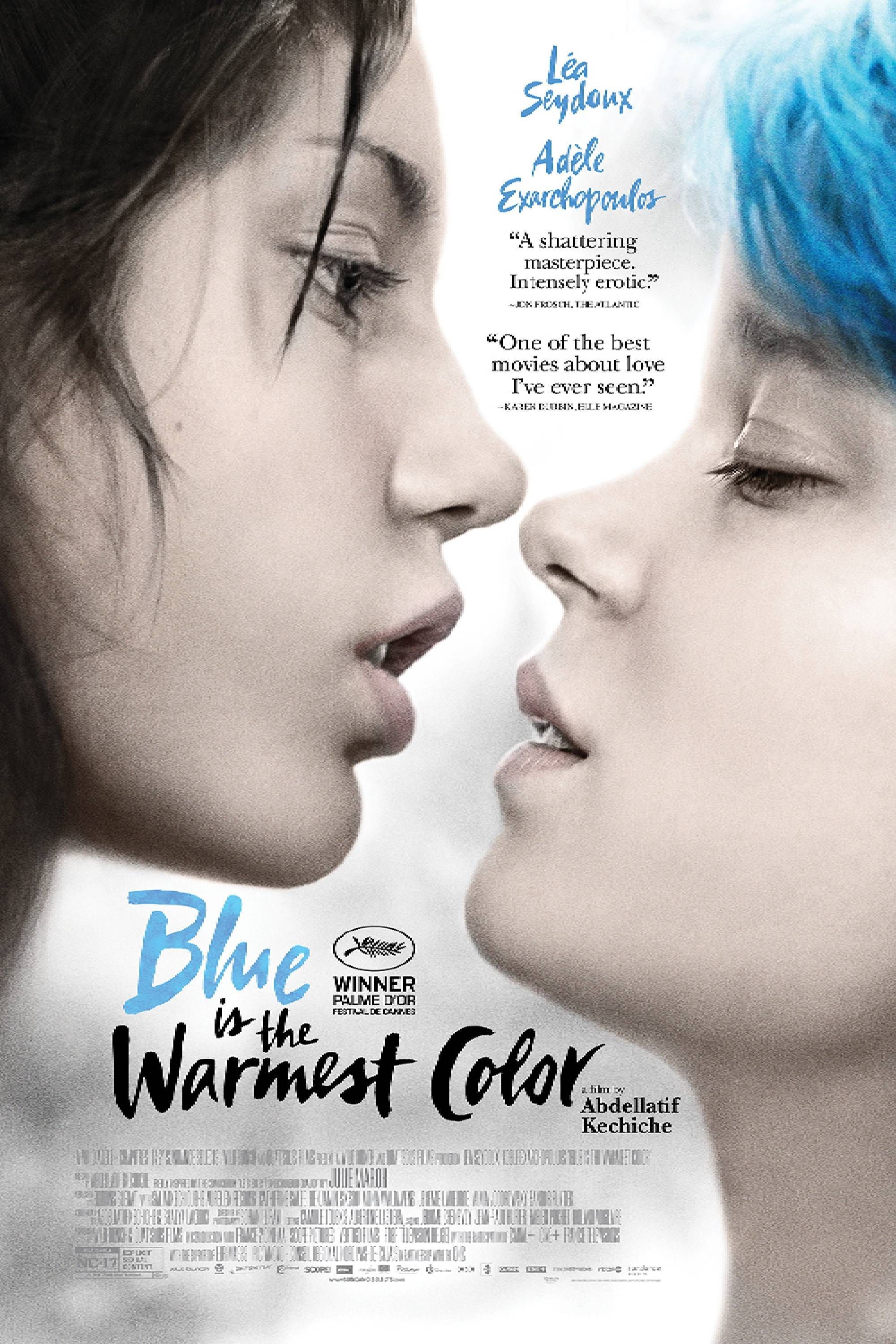
- Release Date
-
October 9, 2013
- Runtime
-
180minutes
- Director
-
Abdellatif Kechiche
- Writers
-
Julie Maroh, Abdellatif Kechiche, Ghalia Lacroix
1
‘Requiem for a Dream’ (2000)
Directed by Darren Aronofsky
“I’m somebody now, Harry. Everybody likes me.” Requiem for a Dream is about addiction, but not just to drugs. It dissects the hollow high of dreams sold by television, relationships, vanity, and survival. Darren Aronofsky uses split screens, rapid montages, and a pounding score to trap you inside the heads of four people whose lives spiral out of control. Jennifer Connelly, Jared Leto, Marlon Wayans, and Ellen Burstyn all give career-defining performances, especially Burstyn as a lonely mother hooked on diet pills and infomercial fantasies.
The film’s plunge into horror is relentless. Each character hits bottom in a way that’s deeply specific and universally terrifying. The NC-17 rating applies not to gore or sex, but to pure psychological trauma. By the time the final montage hits, you’re broken alongside them. It’s a masterpiece of emotional devastation, one of the most affecting films ever made, and possibly the hardest to watch more than once.




